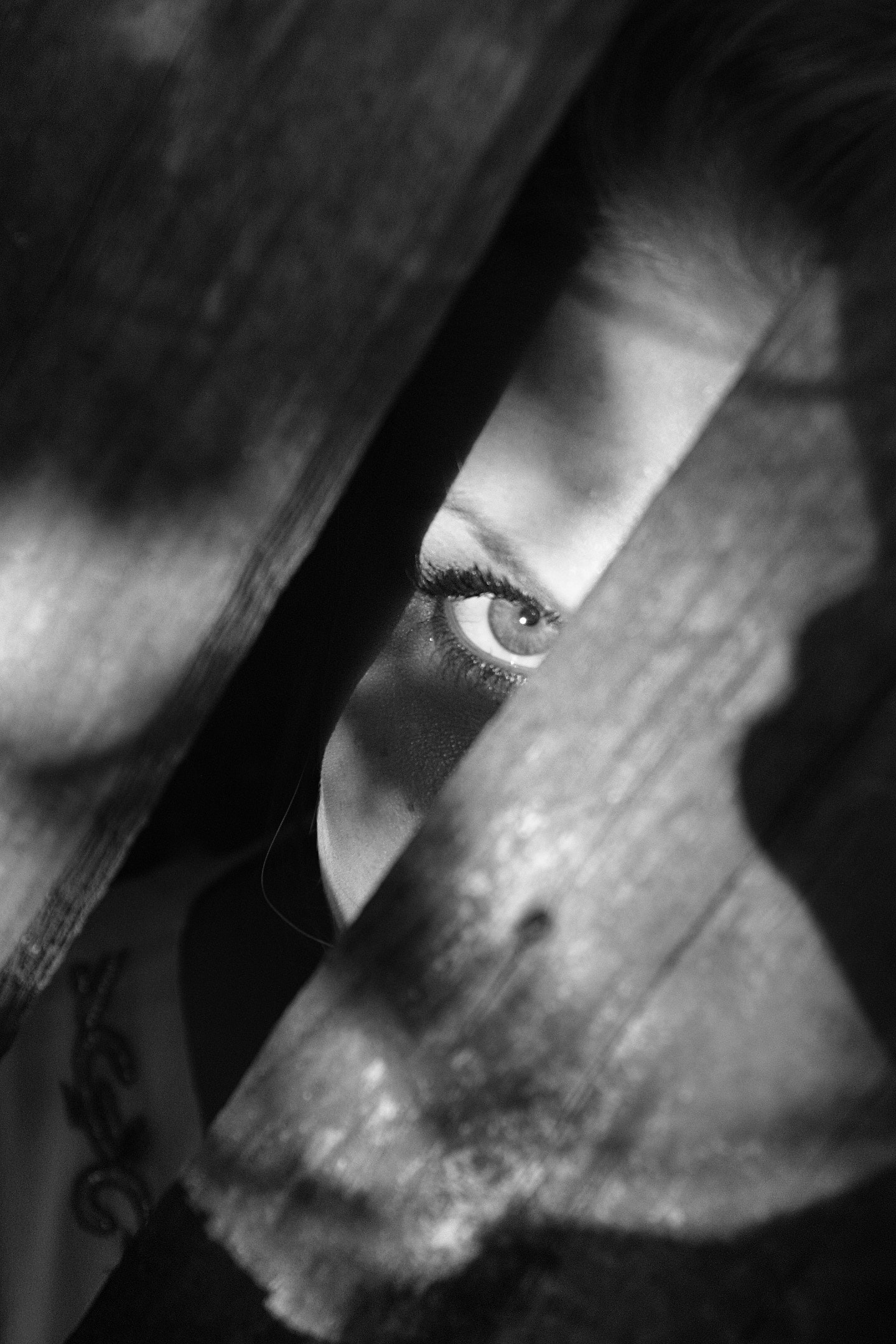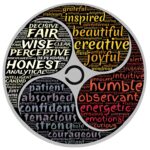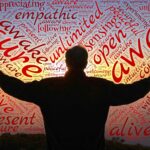We humans are very good at protecting ourselves from perceived threats. This reaction is the manifestation of our most powerful instinct—survival—which has developed over billions of years of evolution. This protective reaction has served us well for most of our existence (which began on the Serengeti about 250,000 years ago) when confronted with threats to our physical lives. Unfortunately, what worked then doesn’t work so well in life in 2023.
You may be wondering: “How does this protective reaction work and why doesn’t it work with the challenges I face in my life?” In primitive times, our survival instinct triggered a fight-or-flight reaction that included feelings of anger or fear, an increase in our heart rate and respiration, a shot of adrenaline, a decrease in our sensitivity to pain, and a narrowing of focus onto the threat. This reaction caused our ancestors to either attack or run when our life felt threatened, thus increasing their chances of surviving, passing on their genes, and propagating our species.
The problem is that, for most of us, threats to our physical well-being are rare to non-existent in modern-day America (or wherever you live). More problematically, that same survival instinct and protective reaction has migrated from actual threats to our physical lives to perceived threats in our psychological, emotional, and social lives. We experience the same psychological, emotional, and physical changes to, for example, a perceived insult, a poor grade in school, not getting the promotion you wanted, or rejection from someone to whom you are attracted. Yet, the fight-or-flight reaction simply doesn’t work in response to these modern-day threats. Imagine attacking your boss (fight) for not getting that promotion you wanted or quitting school because of the poor grade (flight). Both, I think you would agree, wouldn’t help you survive in your 2023 world.
Living in protective mode has serious consequences in all aspects of your life. Psychologically, you can overthink (to give yourself a sense of control), be negative (to guard against disappointment), risk averse (to safeguard from failure), and passive (better to play it safe).
Emotionally, you are dominated by anxiety, fear, worry, anger, and frustration, all triggered by the fight-or-flight reaction. Despite the unpleasantness and ineffectiveness of all of these emotions, they keep you hypervigilant and, in theory, safe from the perceived threats. In reality, though, they cause stress and unhappiness that could be avoided.
At a relational level, protective mode basically prevents you from having healthy relationships. When you protect yourself, you can’t be your authentic self (that’s too dangerous!) and you put yourself behind high walls that may protect you from perceived threats, but they also prevent you from connecting from other people and others from getting close to you. Other people sense your defended state and are reluctant to open themselves up to you for fear of not having their openness reciprocated.
In sum, every aspect of your inner and outer worlds are stunted when you are in protective mode.
To respond to your world in a healthy way, you must learn to express, rather than protect, yourself. To begin to adopt an expressive mode of living, you must first learn to separate real threats to your life from those experiences that may be mildly hurtful, disappointing, or sad. The fundamental distinction between the need to protect yourself and the perception of the need to protect yourself comes down to whether you could actually die if the threat is realized (a rather permanent state) versus you will simply feel bad if the threat is realized (a generally transitory state). Oddly, if you can simply acknowledge and accept that, even if the perceived threat is realized, you will survive, and you will be okay, the perceived threat loses its “teeth” and, as a result, won’t trigger a protective reaction.
Expressive mode involves seeing what might otherwise be perceived as threats that must be avoided as challenges to be pursued and as opportunities for growth. In this “arms wide open” state you accept that life doesn’t always work out as you wish (i.e., setbacks, failures, rejections) and also, importantly, that, in protective mode, life will almost certainly not work out as you wish. Thus, the choice of which way to live is very simple and clear, though, admittedly, not always easy (because of our evolutionary instincts, emotional baggage, and/or ingrained habits).
When you’re willing to express rather than protect, you open yourself up to being your authentic self because you won’t worry about being judged or rejected by others. You are comfortable being vulnerable because the benefits that accrue both intrapsychically and interpersonally override any concerns that might otherwise produce a protective reaction.
Those benefits include an alignment between who you are and who the world sees you are; in other words, you can show the world who your authentic self is. This congruence removes the friction between who you really are and coming across as someone you are not. This practice alone relieves you of the doubt, worry, stress, and energy burn that is required to live an inauthentic life for the sake of protecting yourself.
Emotions are two sides of the same coin; you can’t just pick the good emotions to feel. In protective mode, to keep the so-called bad emotions (e.g., fear, anger, sadness) in check, you must also suppress the emotions that make life worth living (e.g., love, joy, excitement). In contrast, in expressive mode, you feel all emotions deeply, reveling in the pleasant ones and accepting those less pleasant. Overall, you feel happier and more relaxed because there is no emotional turmoil from which to protect yourself.
The social benefits are also significant. When you are in expressive mode, it’s like opening your arms to the world; you send a message to others that you want to feel and connect deeply. Others sense that you are being vulnerable, so are comfortable opening themselves up as well. The result is you are able to establish rich and meaningful connections with others including with family, friends, and partners.
There are risks to being expressive, open, and vulnerable. At the same time, if you can accept them and realize that, though sometimes painful, you will survive and be okay, you create a world of depth and richness that, quite frankly, is, as the cliché goes, what life is all about.






